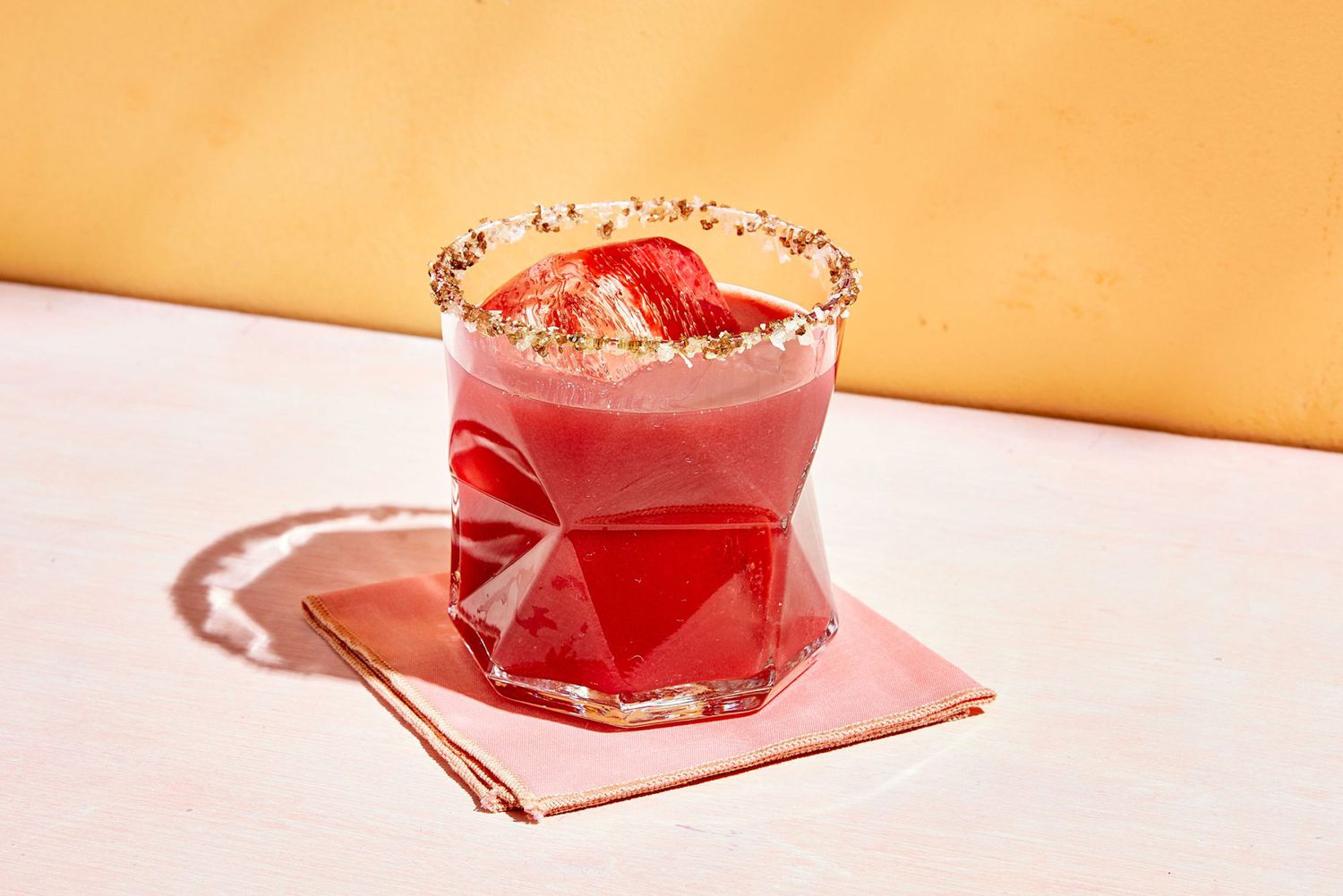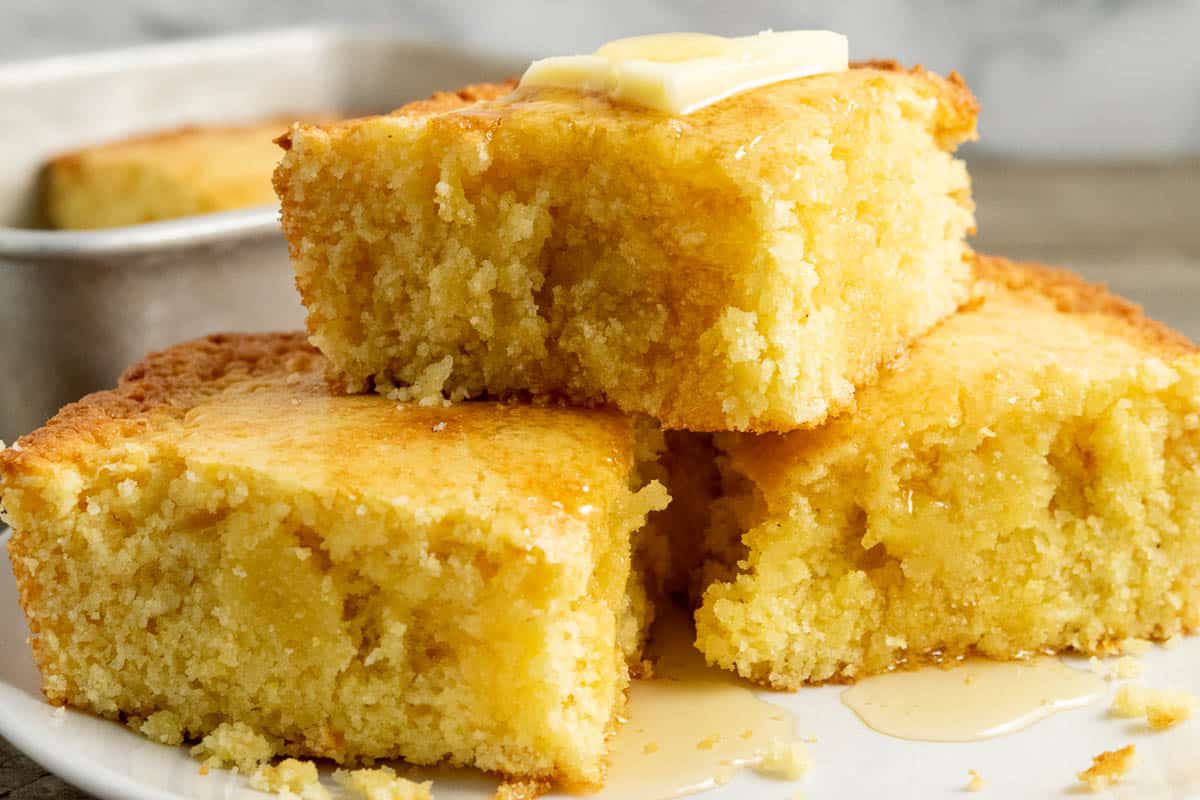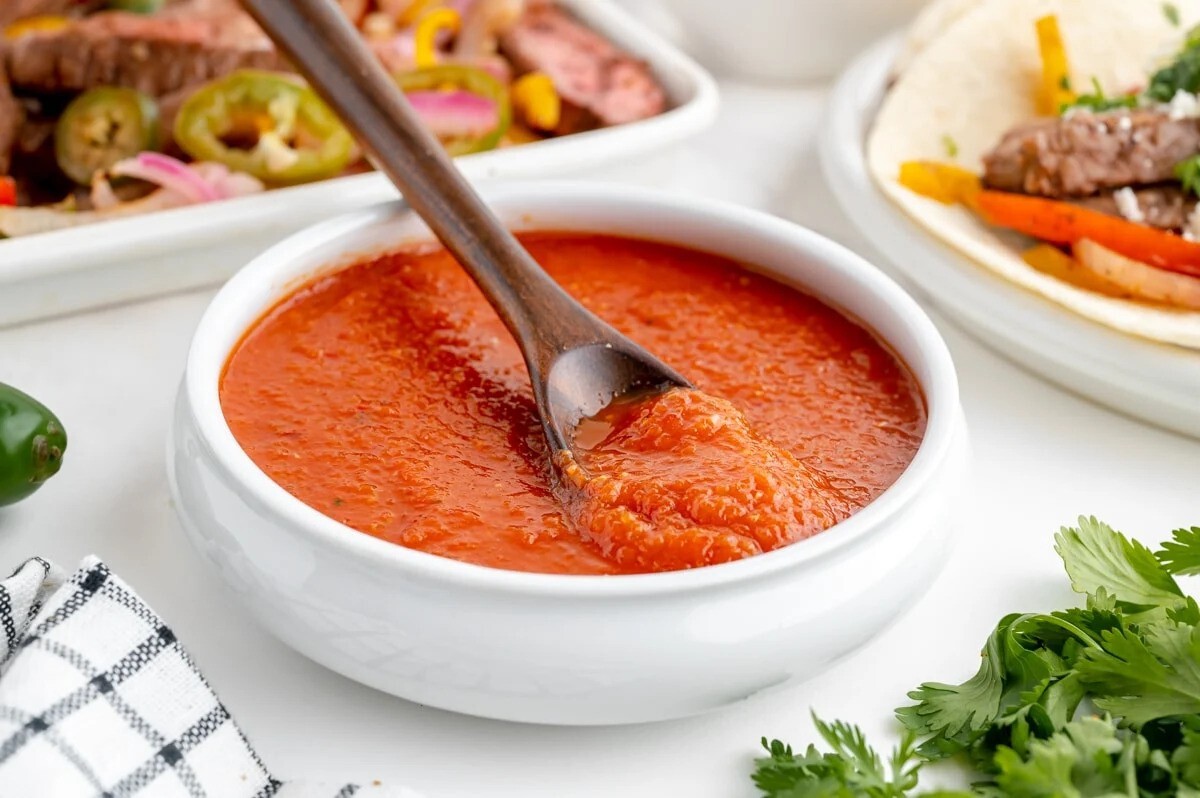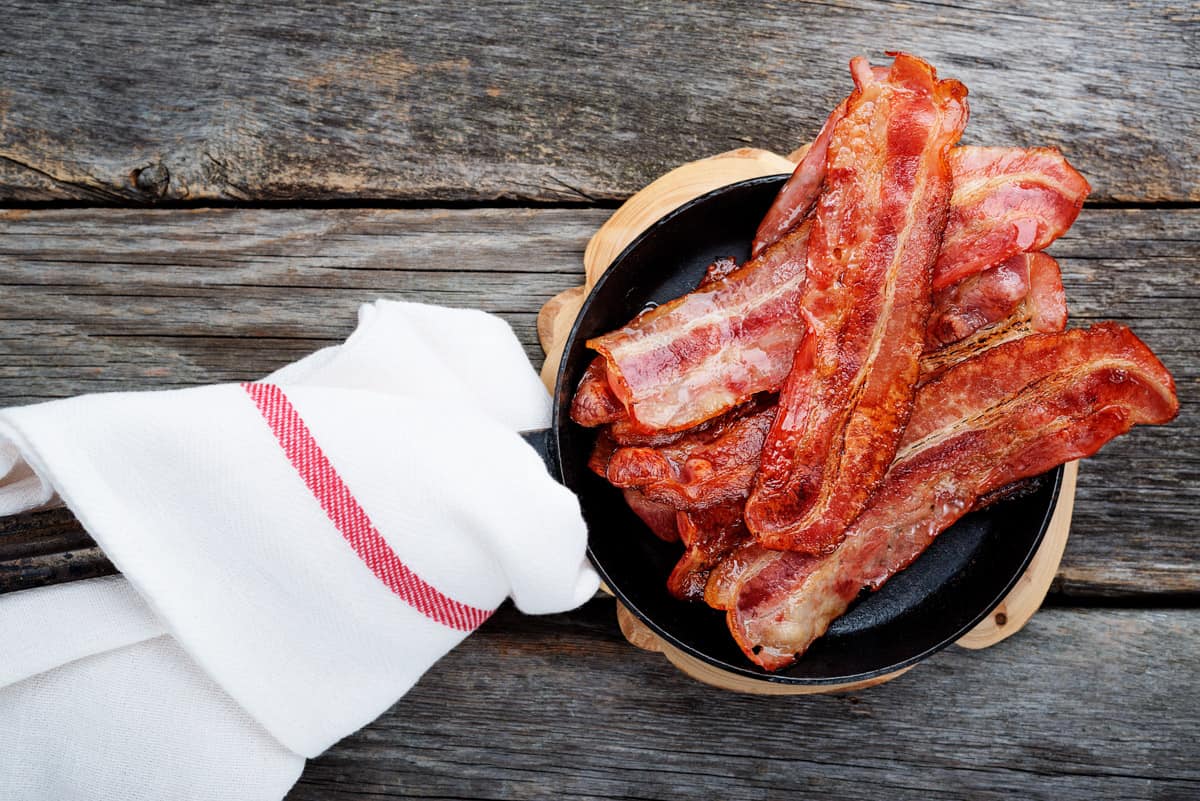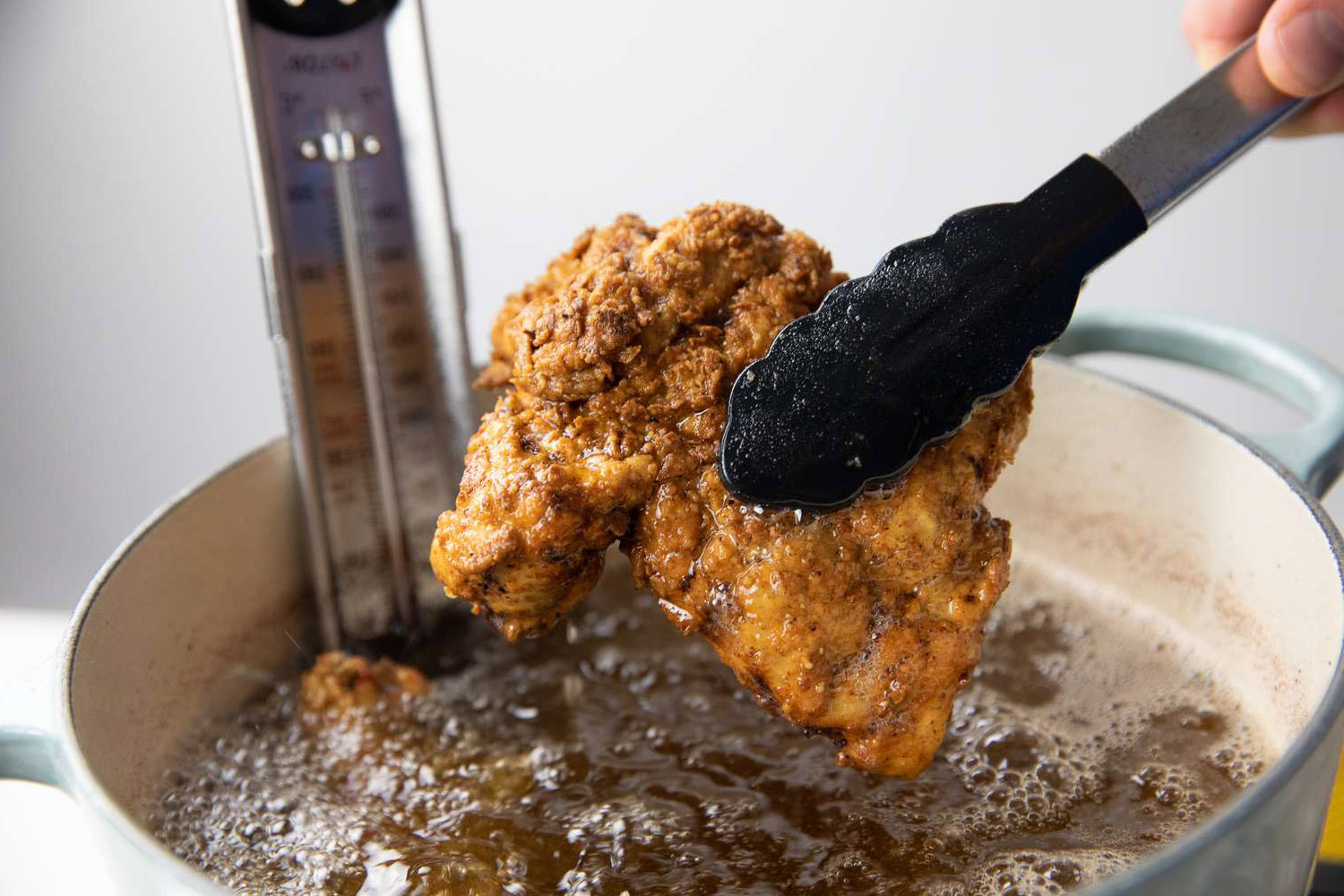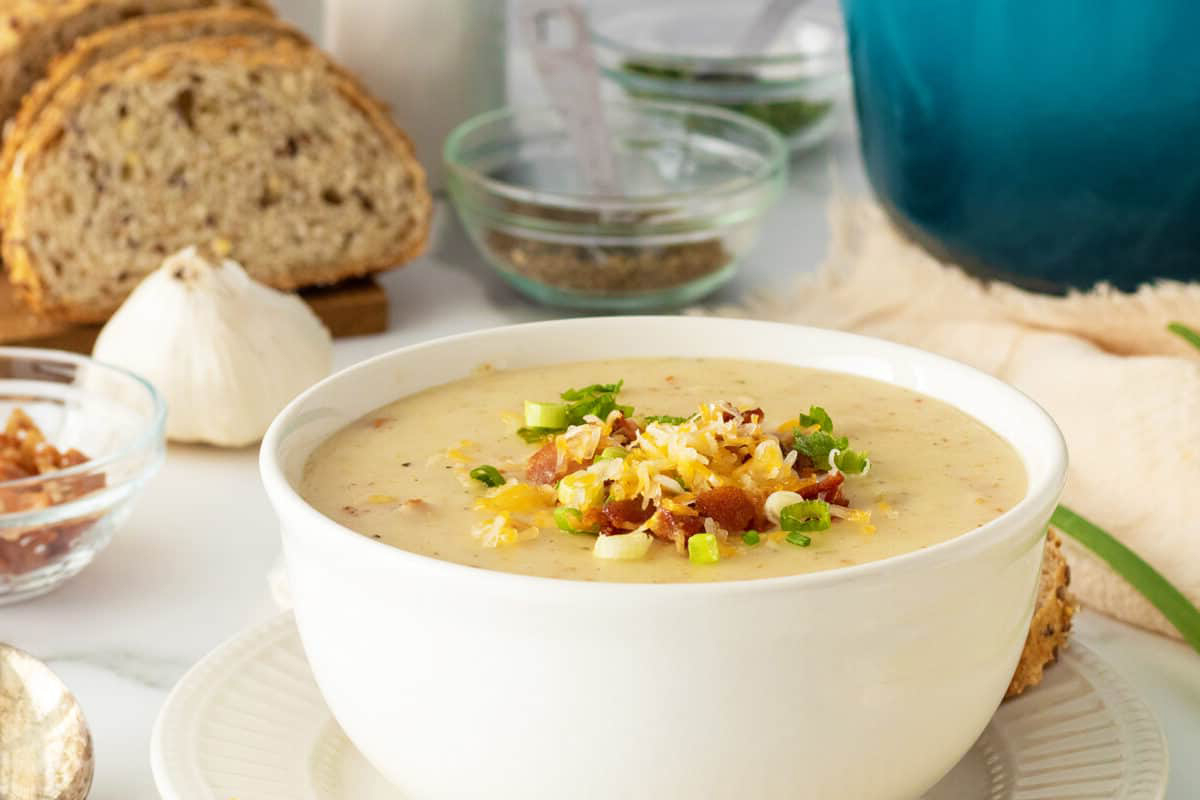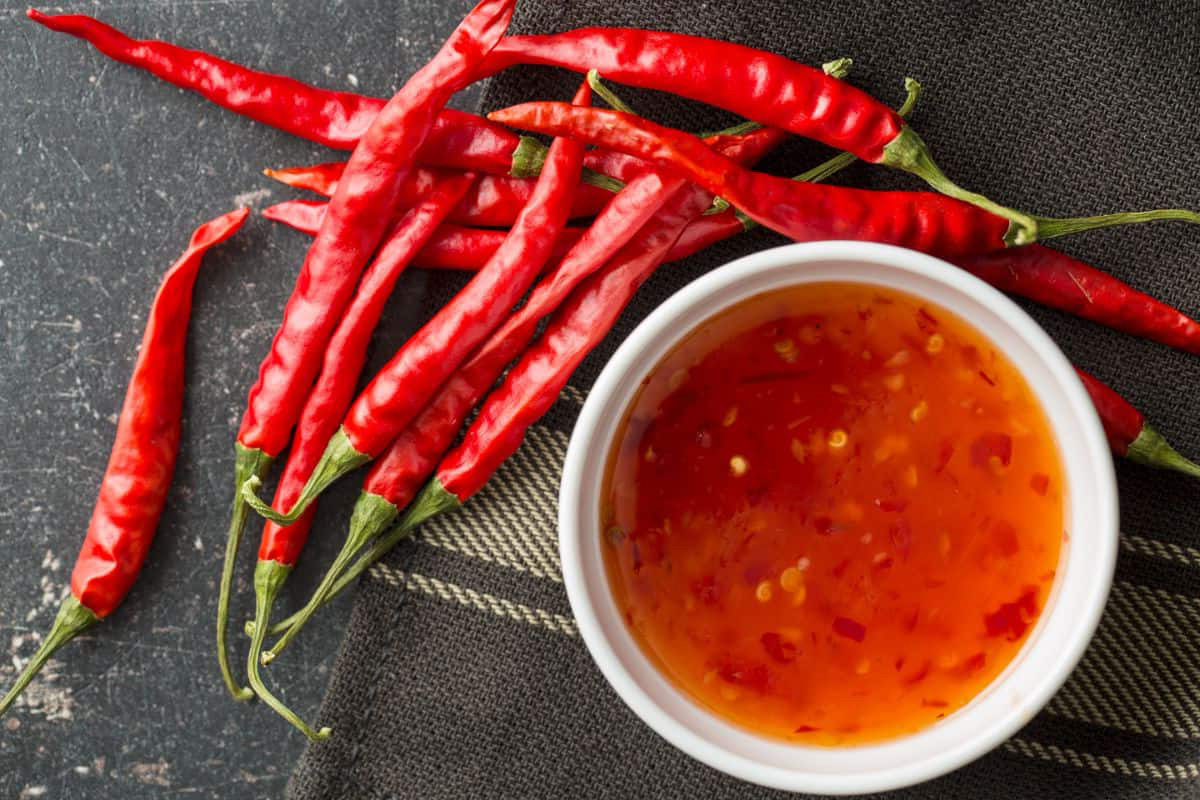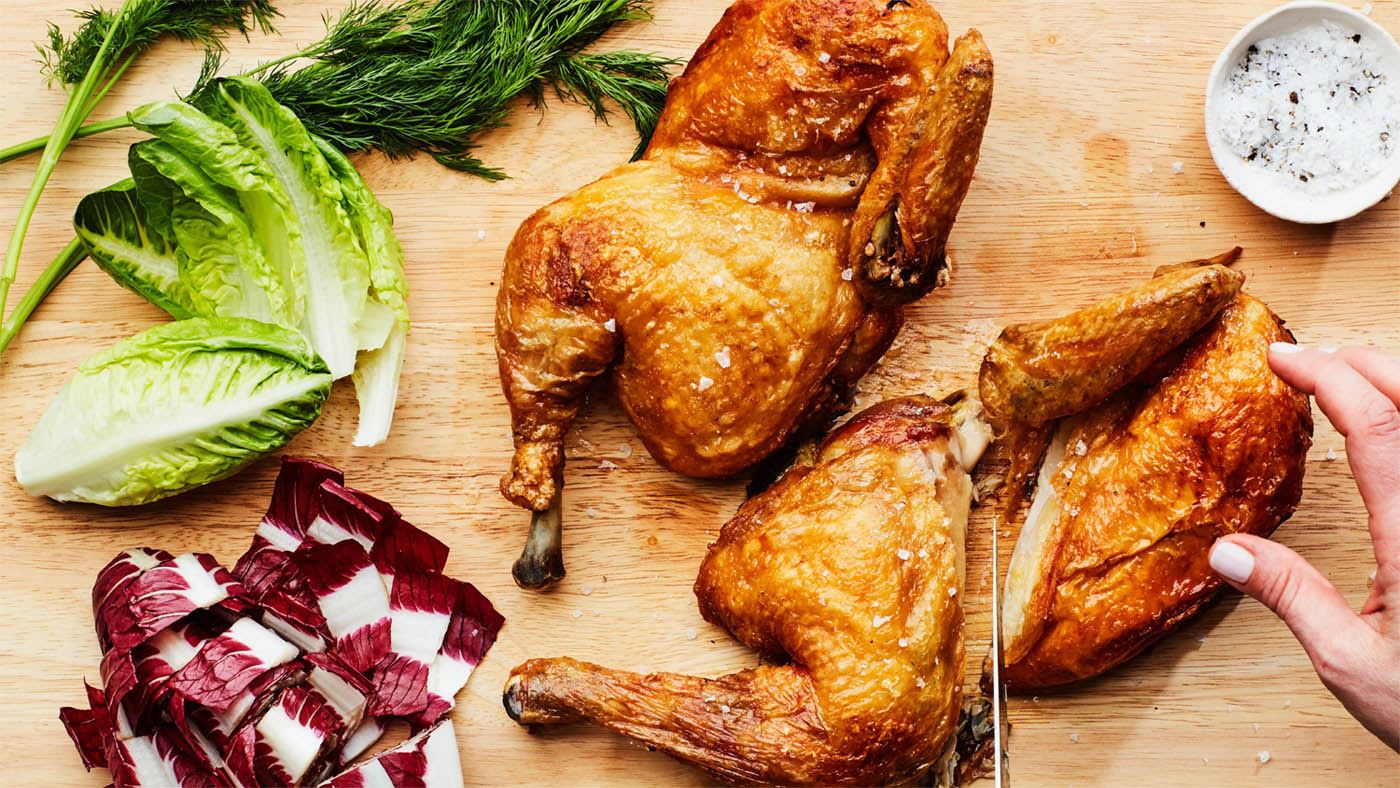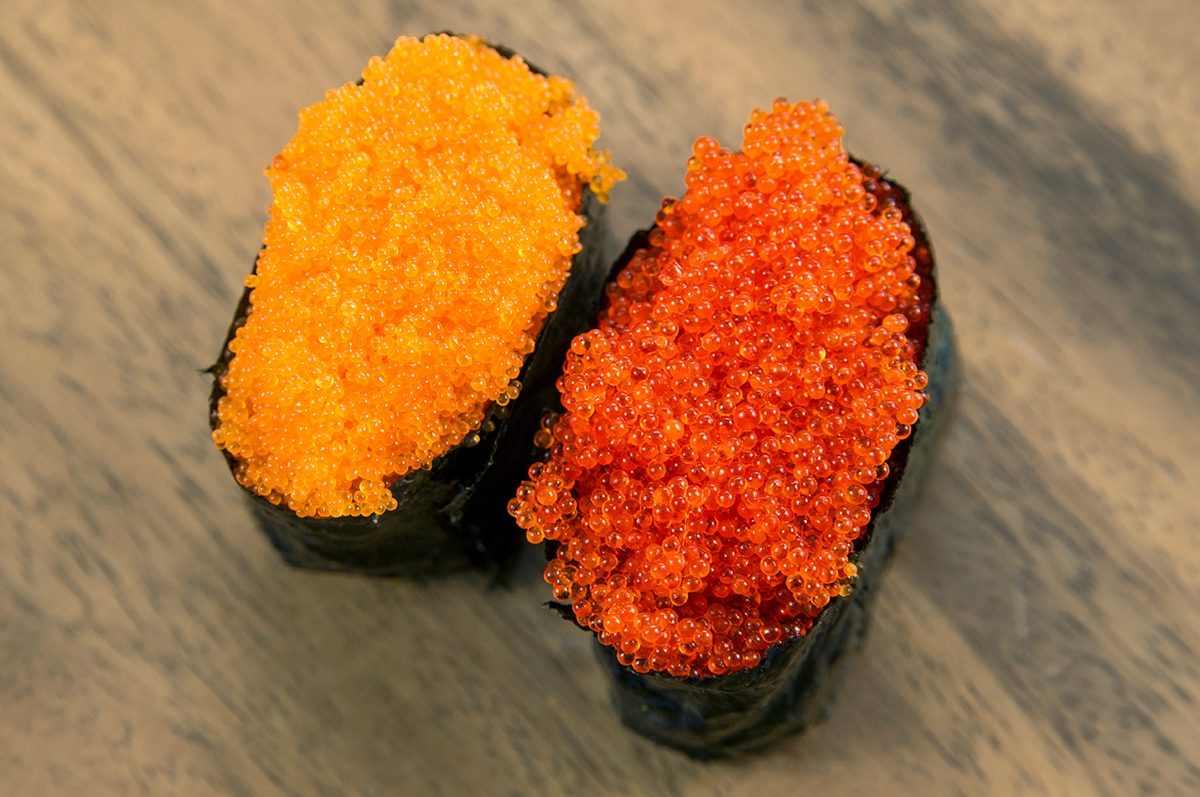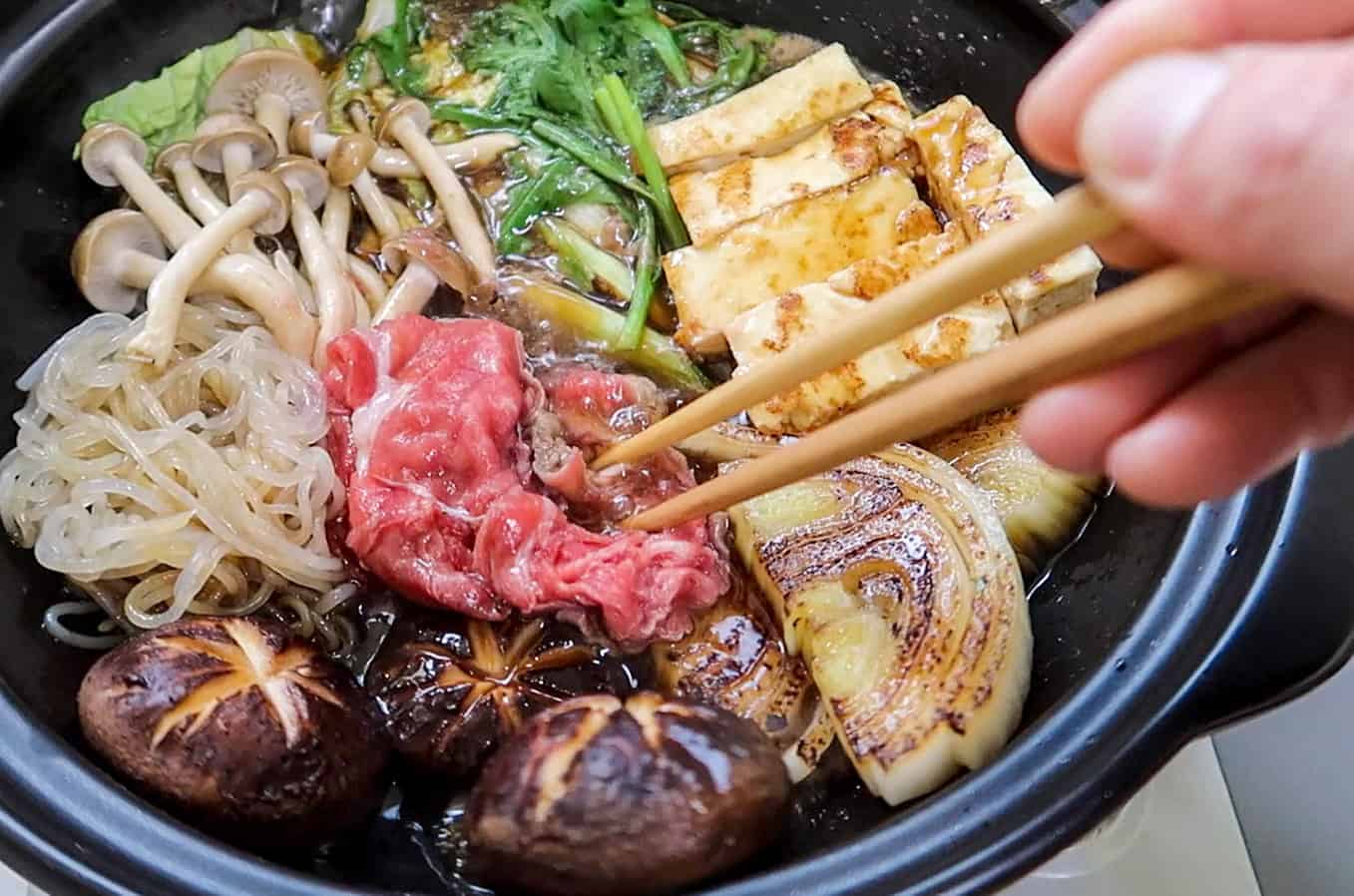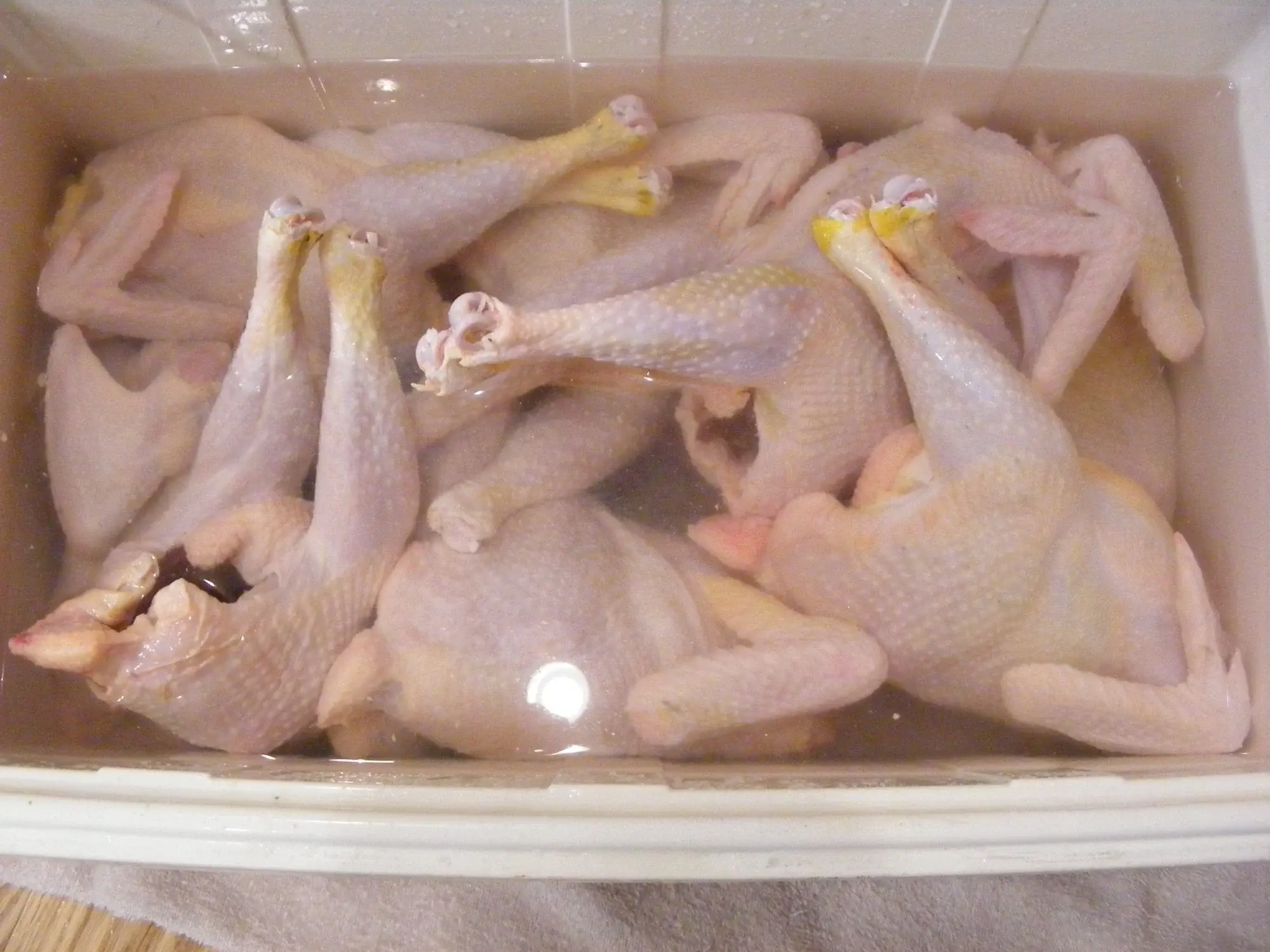Discovering the Delightful Dish of Rouladen
Have you ever heard of Rouladen? If not, you’re in for a treat! Rouladen is a traditional German dish that is sure to tantalize your taste buds with its delicious flavors and hearty ingredients. Let’s delve into the world of Rouladen and uncover what makes this dish so special.
What is Rouladen?
Rouladen is a classic German dish that consists of thinly sliced beef, which is typically rolled up with a filling of onions, mustard, and bacon. The rolled beef is then seared and braised to perfection, creating a tender and flavorful entrée that is beloved by many. The dish is often served with a rich gravy and accompanied by sides such as potatoes, red cabbage, or spaetzle.
Ingredients
The key ingredients for making Rouladen include:
- Thinly sliced beef (such as top round or sirloin)
- Onions
- Mustard
- Bacon
- Beef broth
- Red wine
- Flour
- Seasonings (such as salt, pepper, and paprika)
How is Rouladen Prepared?
Preparing Rouladen involves a few simple yet crucial steps:
- Start by laying out the thinly sliced beef and spreading a thin layer of mustard on each slice.
- Next, place a slice of bacon and some chopped onions on top of the mustard.
- Roll up the beef slices, securing them with toothpicks or kitchen twine.
- After the Rouladen are rolled, they are seared in a hot pan to develop a rich, caramelized exterior.
- Once seared, the Rouladen are placed in a pot and braised in a mixture of beef broth and red wine until they are tender and infused with flavor.
- The pan drippings are often used to create a savory gravy to accompany the Rouladen.
Why Rouladen is a Beloved Dish
Rouladen is cherished for its comforting and hearty qualities. The combination of tender beef, savory bacon, and aromatic onions creates a symphony of flavors that is truly irresistible. The dish is often enjoyed during special occasions and holiday gatherings, making it a beloved tradition in many German households.
Pairing Rouladen with Sides
When serving Rouladen, it is common to pair the dish with classic German sides such as:
- Potatoes (mashed, roasted, or boiled)
- Red cabbage
- Spaetzle (a type of egg noodle)
- Sauerkraut
Experience the Delight of Rouladen
Whether you’re a fan of German cuisine or simply looking to expand your culinary horizons, Rouladen is a dish that is definitely worth trying. Its rich flavors and comforting appeal make it a standout entrée that is sure to impress. So, gather the ingredients, roll up your sleeves, and embark on a culinary adventure as you savor the delightful flavors of Rouladen.
Now that you’re familiar with the delectable dish of Rouladen, why not give it a try in your own kitchen? You’re in for a treat!
Was this page helpful?
Read Next: What Is Snow Shrimp?
